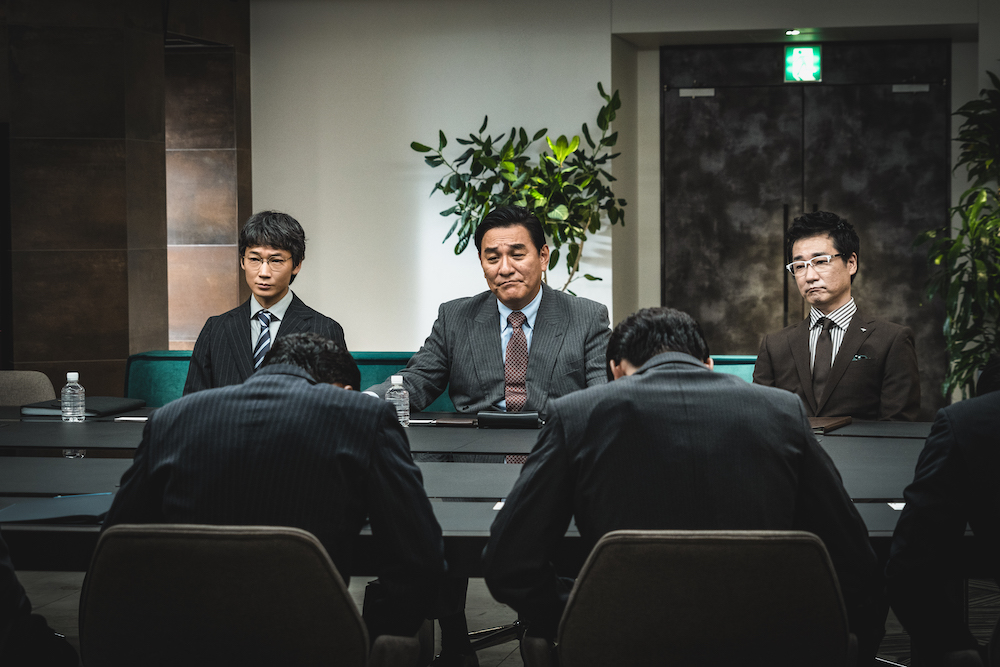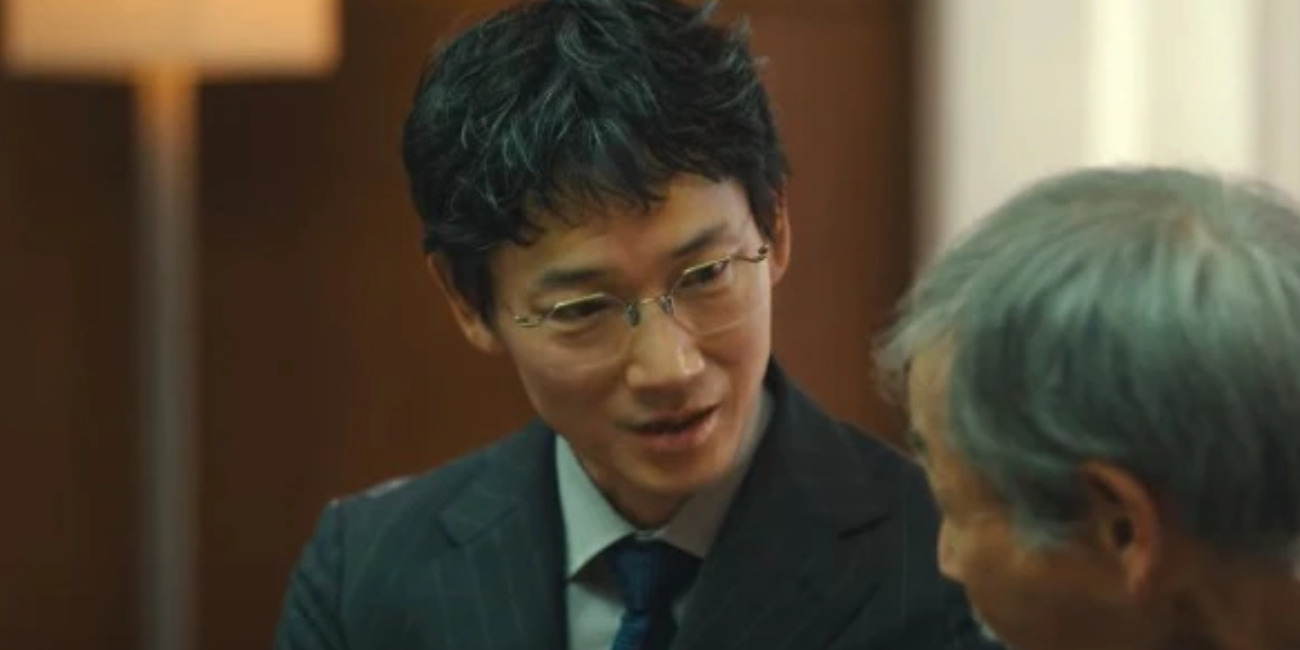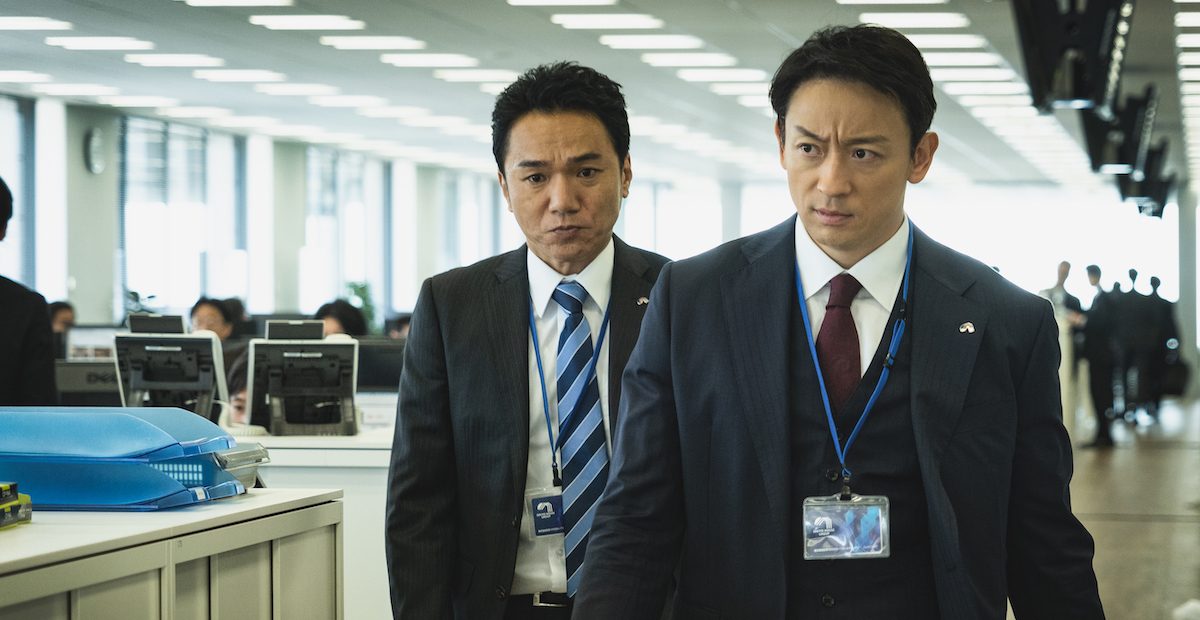In Netflix’s ‘Tokyo Swindlers,’ the residents of Tokyo fall victim to an elaborate string of real estate frauds laid out by a team of fraudsters who don’t pull their punches. The story unfolds from the perspective of a man named Takumi, who works as a negotiator during the land deals, apart from doing other behind-the-scenes work for the team. A lot of planning goes into luring the victim and dangling the right bait in front of them, and no fraud is big or small when it comes to the con. While we get the inside story of how the con is created and executed, it still feels unbelievable to see one company after another fall for it. Interestingly, the follies of the companies are not something the show invented for dramatic purposes. SPOILERS AHEAD
Mike Homes and Sekiyo House are Modelled on Real Fraud Victims

‘Tokyo Swindlers’ adapts a fictional crime novel about a group of scammers, but the story has strong roots in reality. The author, Ko Shinjo, was inspired by the revelation of one scam after another in Tokyo, with real estate fraud gaining pace in the country as the price of land went up. Shinjo wanted to present the story from the perspective of the criminals to give the reader an insight into how their mind works. However, apart from their preparation and traps, the story also focuses on the blindspots of individuals and companies, often created by greed, to show the audience why it is so easy to fall into such traps.
One of the most famous cases in recent history is of a company named Sekisui House, which was scammed by a group of ten people. The housing company was interested in buying land in the Shinagawa Ward, which is considered one of the best areas in Tokyo. The place that the company was interested in used to be an inn, but they didn’t know that the owner of that inn had passed away a short while ago. She had been hospitalized for an unknown illness and had spent her last days in and out of the hospital. She never got to meet Sekisui House. Instead, her credentials were forged to give her identity to a different woman, who presented herself as the land owner and sold the place to the company.
The truth about the scam came out when the company’s legal team submitted the documents to have the name in the registry changed to theirs, but their documents were rejected on the grounds of being a forgery. The company lost around $51 million in this deal, and while the culprits were swiftly caught, the money was gone, and the land deal was declared illegal. This was a huge setback for the company, but what happened to them highlighted a bigger problem that Japan had been dealing with for a while. They were not the only ones to have been scammed that year, as real estate fraud cases had seen a sharp uptick in recent years.

In Tokyo Swindlers, companies like Mike Homes and Sekiyo House represent real-life companies that have fallen victim to such frauds. While they are not inspired by any particular real-life case or housing company, the way they handle the deal shows the audience how scammers can easily make use of their victims’ impatience or blind spots to get them to sign something worth millions of dollars by skipping one or the other thing which could be prevented with due diligence. In the two cases the show focuses on, both companies suffer due to their impatience and eagerness to get the land at all costs, worried that someone else might swoop in and take it while they are contemplating their decision. The fate of Mike Homes and Sekiyo House in the Netflix series serves as a warning sign for the audience, telling them to be more careful, especially when signing deals that feel too good to be true.
Read More: Tokyo Swindlers: Are Takumi Tsujimoto and Harrison Yamanaka Based on Real Con Artists?


You must be logged in to post a comment.